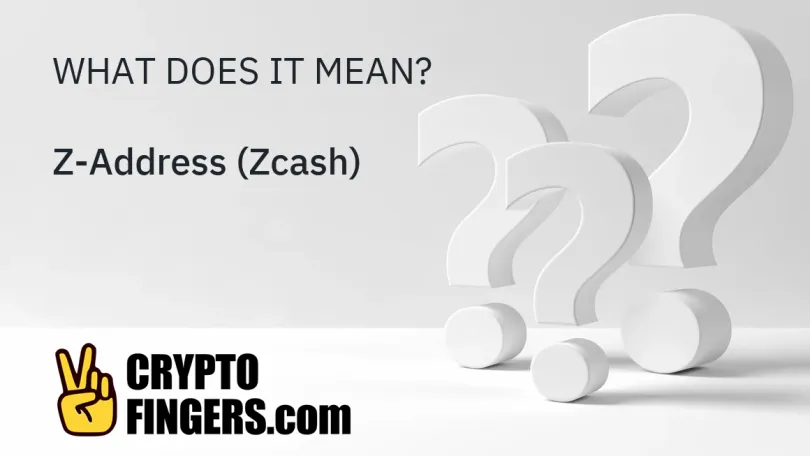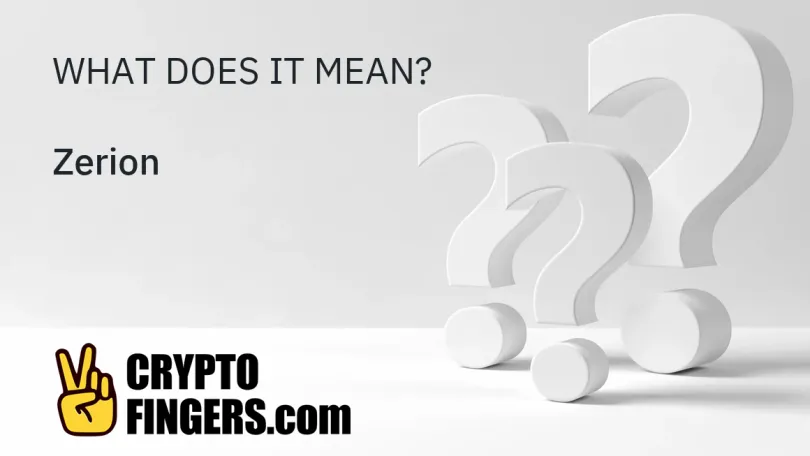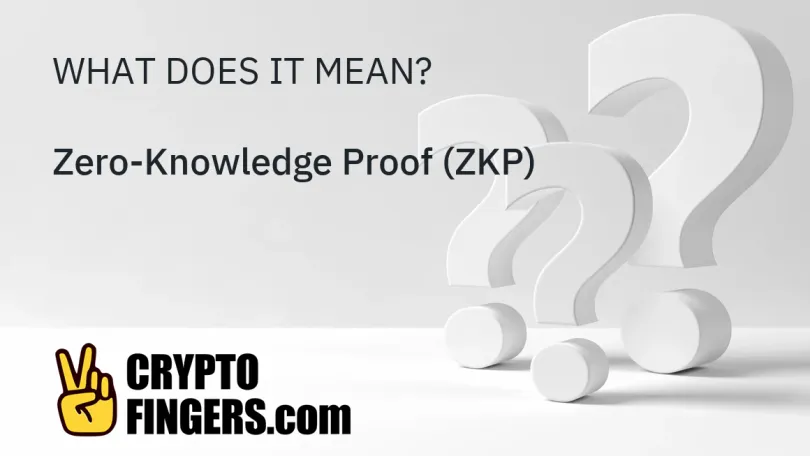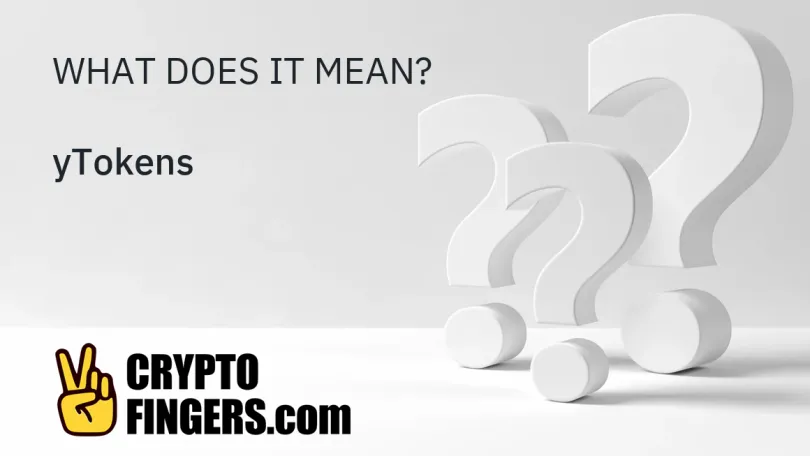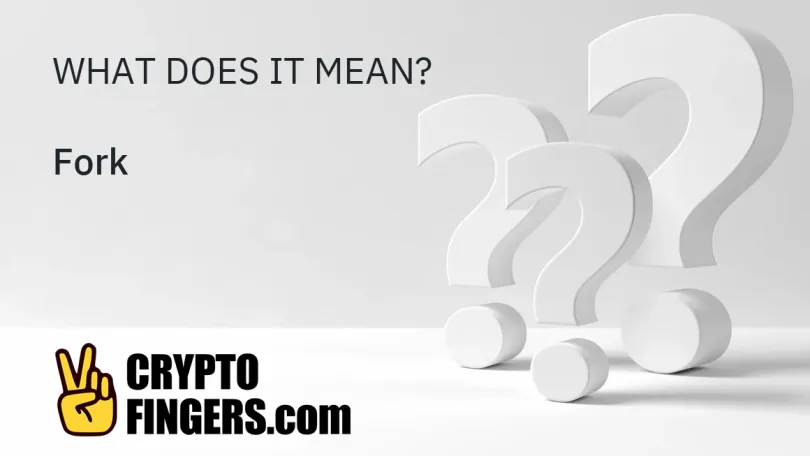
A fork occurs when one blockchain is divided into two blockchains. This type of split in a blockchain network happens when an update is made to the blockchain protocol, but not all of the network participant nodes agree to adopt it. Blockchains can experience two main types of forks: a soft fork or a hard fork. Soft forks result in an update that is "backwards compatible." This means that nodes which accept the update are still capable of interacting with nodes which do not. In a hard fork, the update significantly alters the original blockchain protocol such that the two versions are no longer compatible with one another. The result of a hard fork is two unique blockchains that diverge after the hard fork event.















